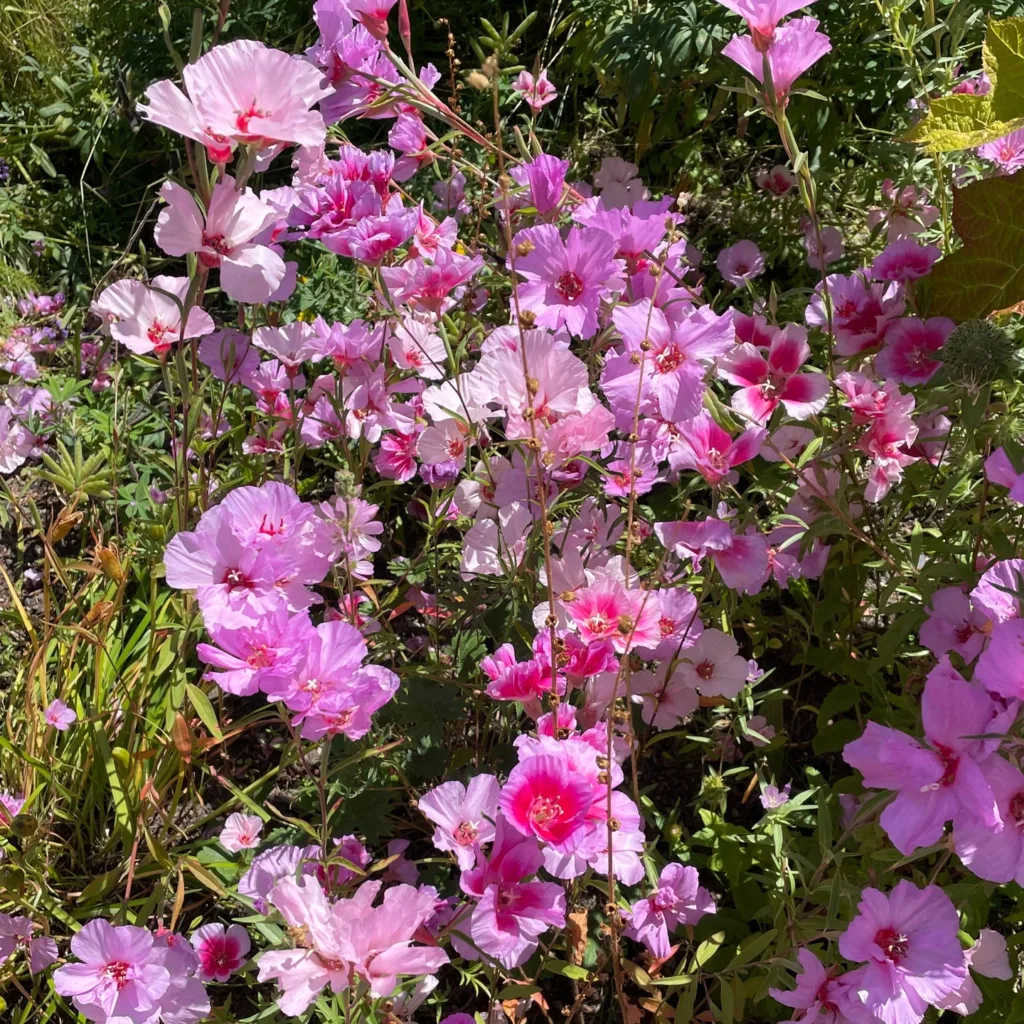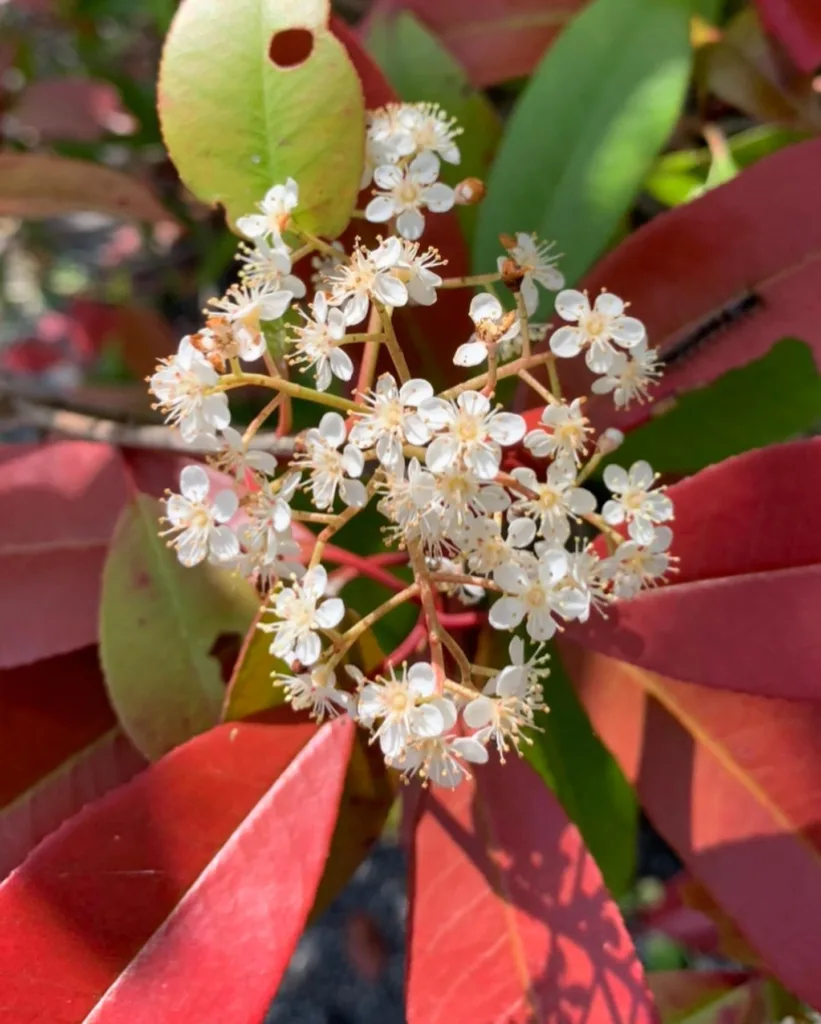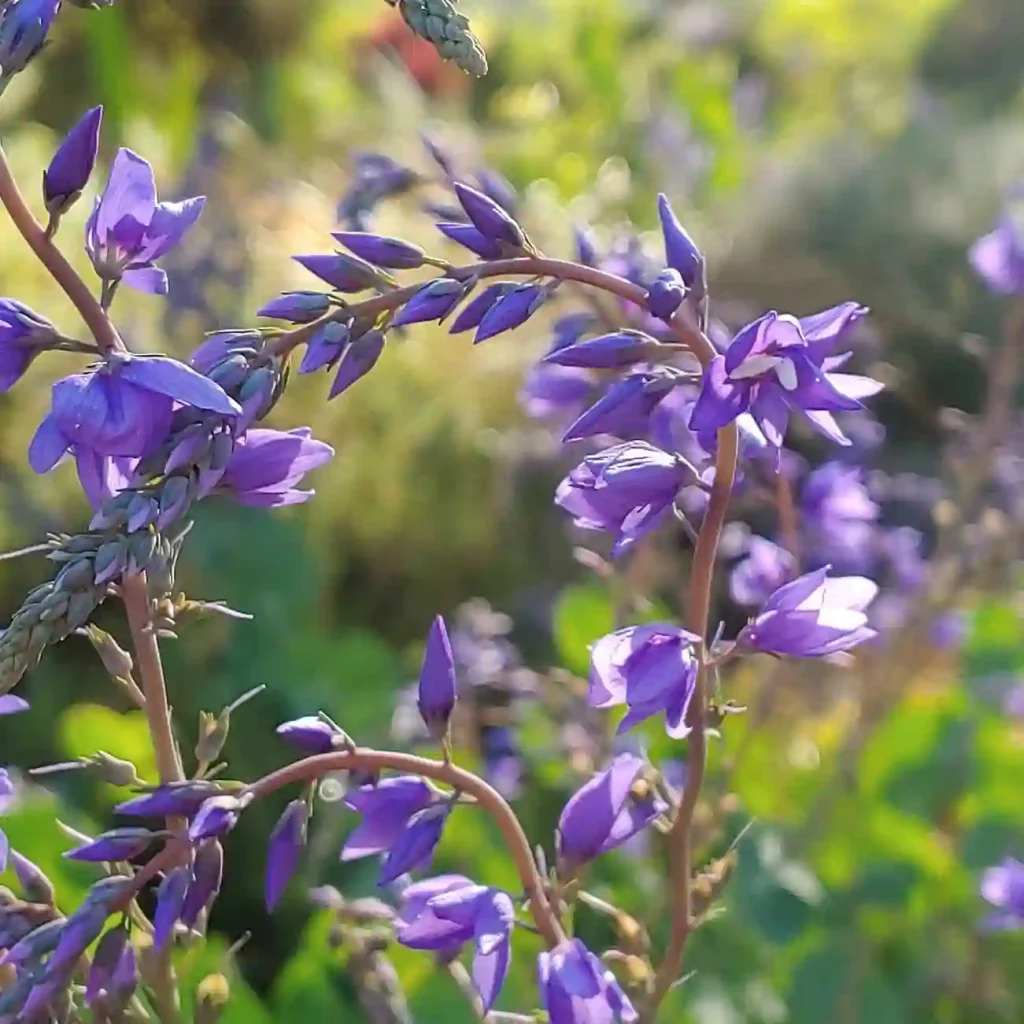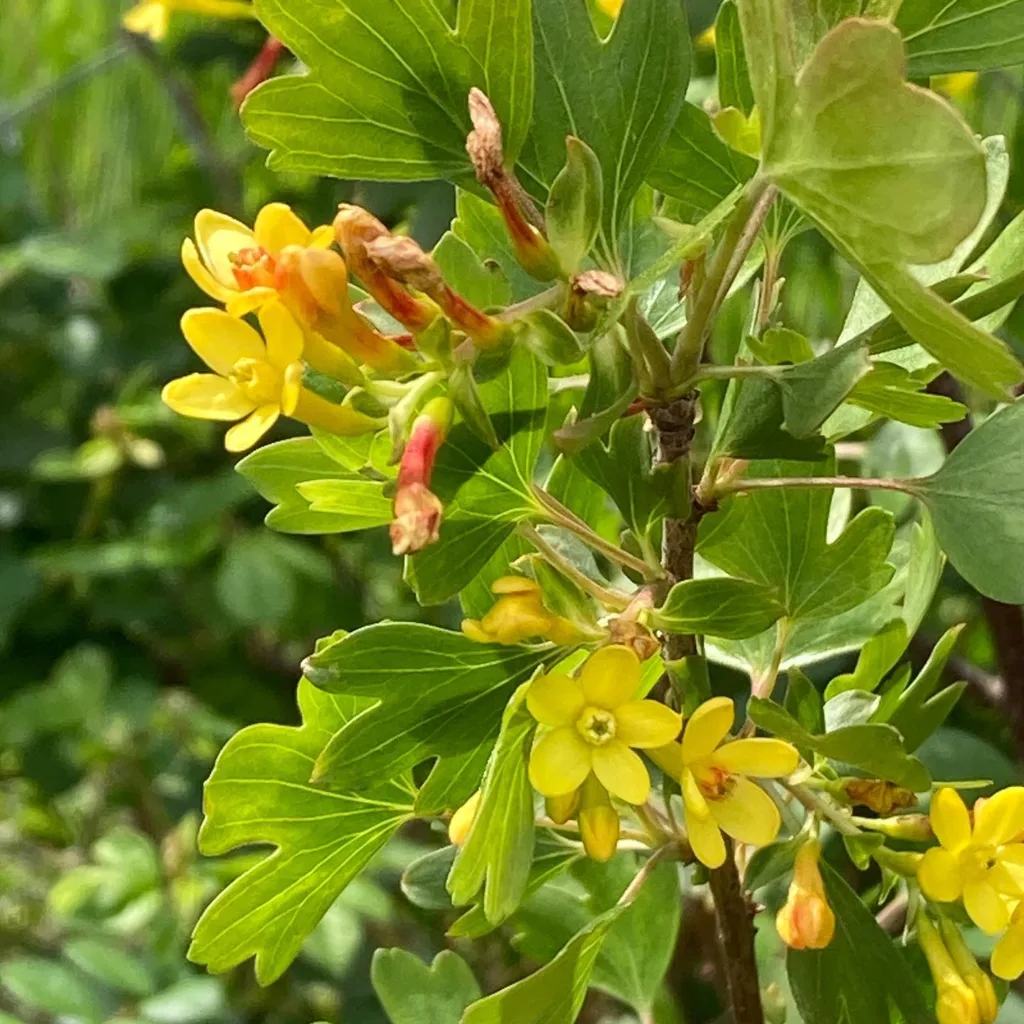FAQs About Cirsium Discolor: Your Guide to This Unique Plant
If you’re exploring the fascinating world of plants, you might have come across Cirsium Discolor, also known as the Pale Thistle or the Yellow Thistle. Having grown and cared for this plant in my own garden, I’ve found that it raises several common questions among fellow plant enthusiasts. Let’s dive into the most frequently asked questions about Cirsium Discolor.
471 Species in Genus Cirsium
What Is Cirsium Discolor?
Cirsium Discolor is a perennial thistle native to North America, particularly the eastern and central parts of the United States. This plant is recognized for its striking appearance, with distinctive yellow flowers and a somewhat rugged, spiky look. The leaves are deeply lobed and have a silver-gray or greenish tint, which adds to the plant’s visual appeal. It typically grows to a height of 2 to 3 feet and blooms from mid to late summer.
How to Care for Cirsium Discolor?
Caring for Cirsium Discolor involves a few straightforward steps:
- Sunlight: This plant thrives in full sun, meaning it needs at least six hours of direct sunlight daily. If you place it in a partially shaded area, it may not flower as profusely.
- Soil: Cirsium Discolor prefers well-draining soil. Sandy loam or loamy soil is ideal, but it can tolerate poor soil conditions. Ensure the soil is not too wet, as this can lead to root rot.
- Watering: Regular watering is essential, especially during dry spells. However, be cautious not to overwater. Allow the top inch of soil to dry out between waterings.
- Fertilizing: A balanced fertilizer applied in early spring can support healthy growth and flowering. Avoid over-fertilizing, as this can lead to excessive foliage growth at the expense of blooms.
- Pruning: Deadhead spent flowers to encourage more blooms and prevent self-seeding. In late fall, you can cut back the plant to about 6 inches from the ground to prepare it for winter.
How to Propagate Cirsium Discolor?
Propagating Cirsium Discolor can be done through seeds or division:
- Seeds: Collect seeds from mature flowers and sow them in early spring. They should be started indoors or directly sown in the garden after the last frost. Seeds need light to germinate, so lightly cover them with soil.
- Division: Divide the plant in early spring or fall. Dig up the root ball and separate it into smaller sections, each with roots and shoots. Replant immediately in prepared soil.
What to Plant With Cirsium Discolor?
Cirsium Discolor pairs well with several other plants in the garden:
- Echinacea (Coneflower): Both plants have a similar color palette and can create a vibrant, complementary display.
- Rudbeckia (Black-eyed Susan): These sturdy perennials offer a nice contrast to the yellow thistle and provide a continuous burst of color.
- Grasses: Ornamental grasses like Miscanthus or Panicum add texture and movement, enhancing the visual interest around Cirsium Discolor.
Is Cirsium Discolor Toxic?
Cirsium Discolor is not known to be toxic to humans or animals. However, its thistle-like spines can cause irritation if handled carelessly. Always use gloves when working with this plant to avoid pricks and scratches.
Benefits of Cirsium Discolor
- Wildlife Attraction: This plant is excellent for attracting pollinators like bees and butterflies. The bright yellow flowers serve as a beacon for these beneficial insects.
- Low Maintenance: Once established, Cirsium Discolor requires minimal maintenance, making it a great choice for gardeners who prefer a more hands-off approach.
- Unique Appearance: The distinctive look of this thistle adds a touch of wild beauty to gardens and naturalized landscapes.
Common Problems
- Pests: Cirsium Discolor can sometimes be afflicted by aphids or spider mites. Regularly inspect the plant and treat any infestations with insecticidal soap or neem oil.
- Disease: Root rot can occur if the plant is overwatered or planted in poorly draining soil. Ensure proper soil drainage and avoid waterlogged conditions.
- Self-Seeding: This plant can spread rapidly through self-seeding. Regular deadheading and careful management can prevent unwanted spread.
Compare with Similar Plants
Cirsium Discolor might be confused with other thistles like Cirsium Vulgare (Bull Thistle) or Cirsium Arvense (Canada Thistle). Here’s a quick comparison:
- Cirsium Vulgare (Bull Thistle): Larger and more aggressive than Cirsium Discolor, with larger spines and a more aggressive growth habit.
- Cirsium Arvense (Canada Thistle): Known for its invasive nature and smaller, less striking flowers compared to Cirsium Discolor.
By understanding these aspects of Cirsium Discolor, you can better appreciate its role in the garden and manage it effectively. Its unique appearance and benefits make it a worthwhile addition to many landscapes, provided you give it the care it needs.
If i die, water my plants!



